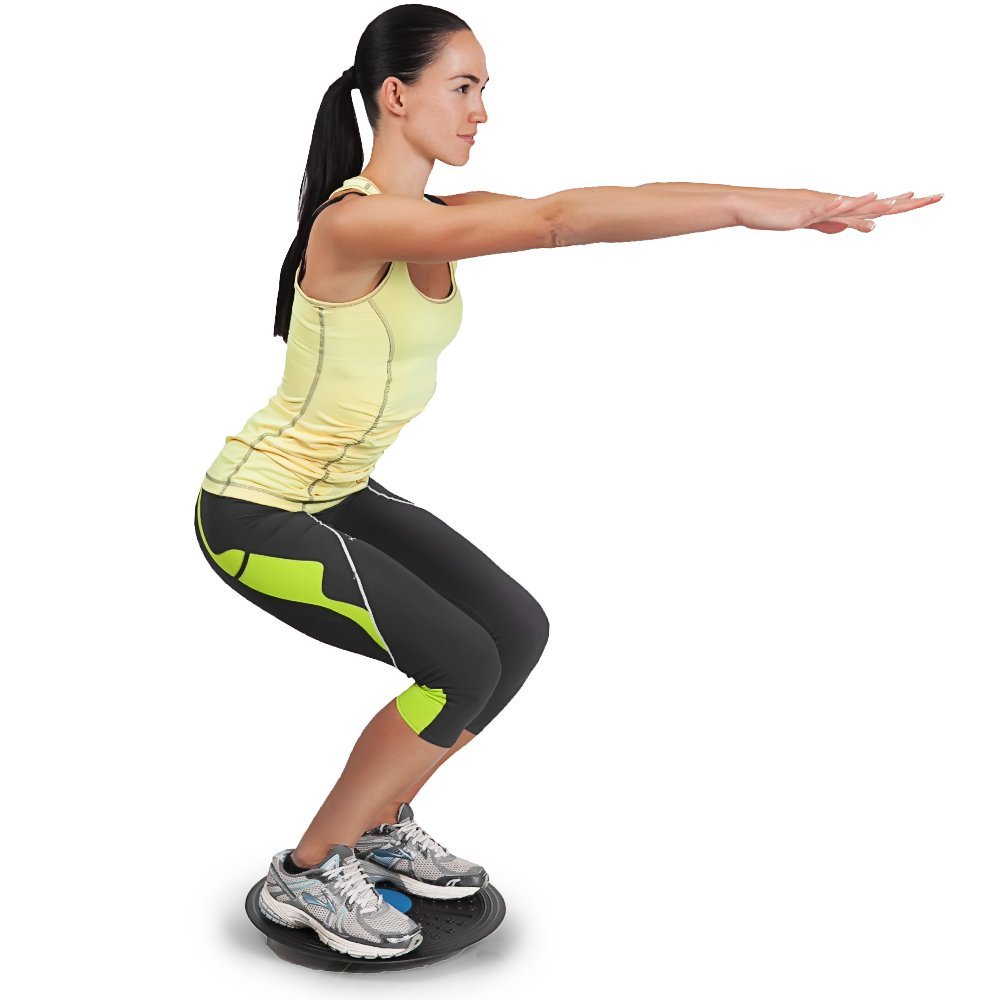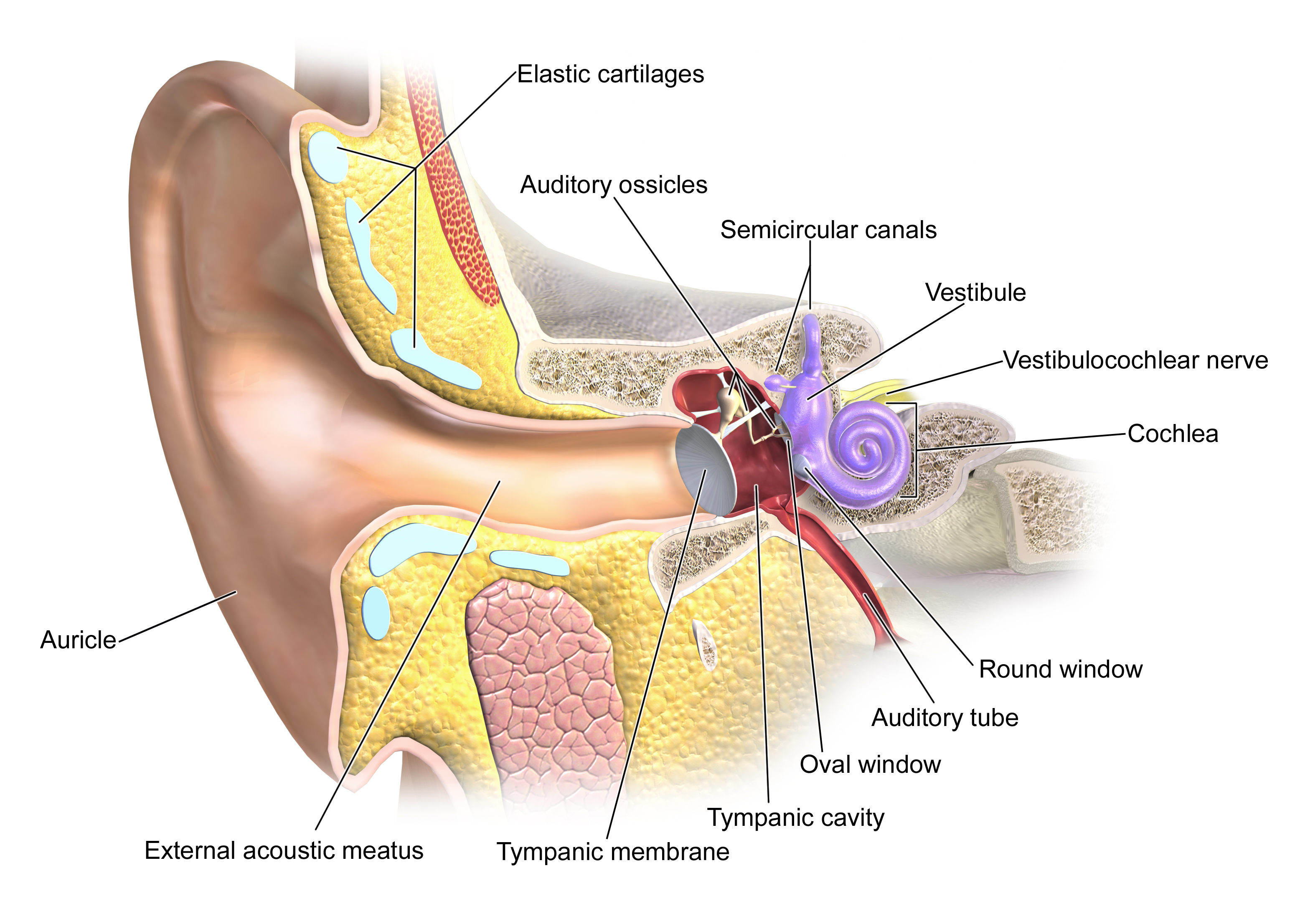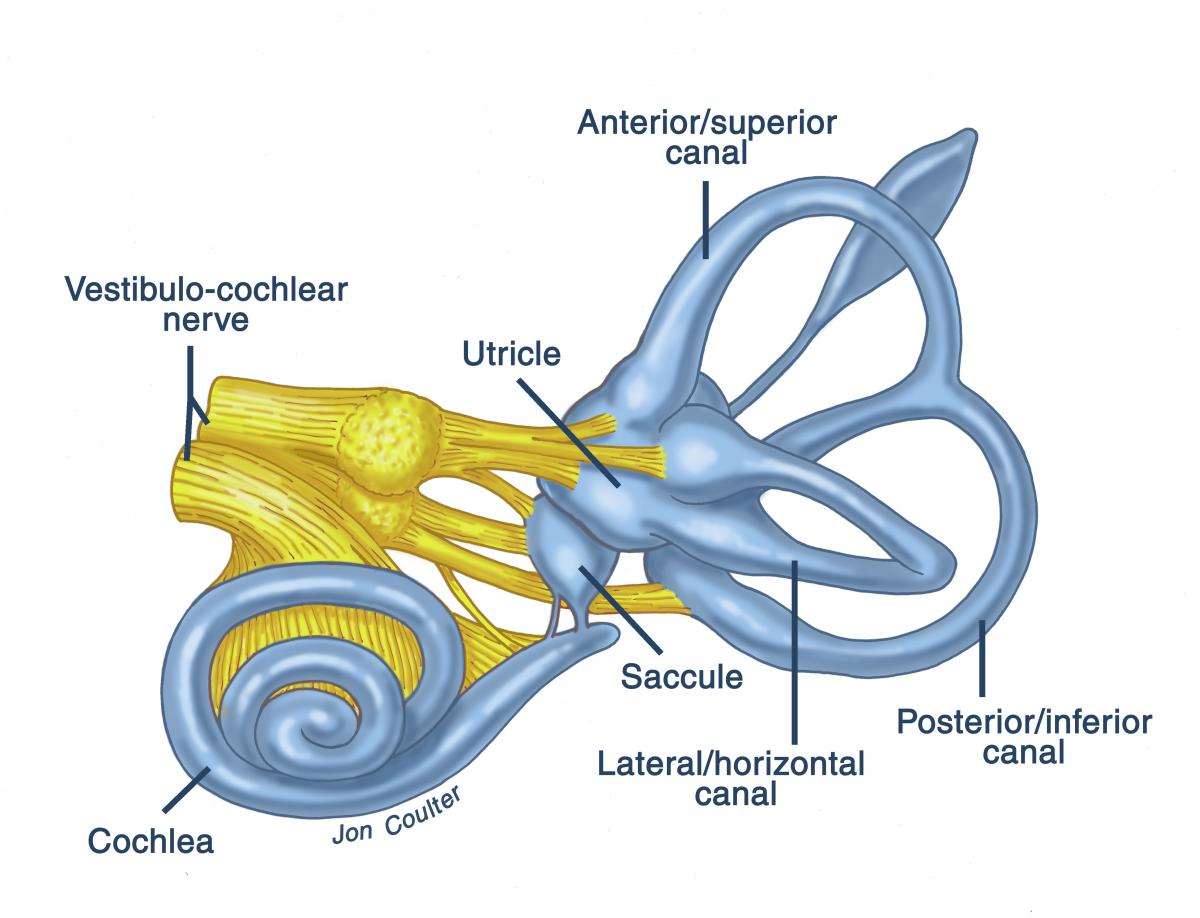Many people complain of dizziness, unsteadiness, vertigo and balance problems. There are numerous causes of these symptoms, however, a large percentage originates from a problem with the part of the inner ear and the brain that helps control balance and eye movements (see diagram). This is known as the vestibular system. If disease or injury damages this system, a vestibular disorder can result and the risk of serious falls increases.
The Anatomy of the Ear
The Vestibular System
The vestibular system contributes to balance and to the sense of spatial orientation.
The Symptoms
Symptoms range from mild dizziness and unsteadiness to severe vertigo lasting from a few seconds to months or years. Other symptoms include:
- A spinning sensation (vertigo)
- Difficulty reading or concentrating
- Poor balance (disequilibrium)
- Disorientation
- Nausea and vomiting
- Headaches
- Sensitivity to bright lights and noises
- Poor tolerance of crowds
What Causes Vestibular Disorders?
Vestibular disorders are common and can affect people of all ages and all walks of life. They are most often caused by:
- Head trauma (car accidents, falls, impact sports)
- Ear infections
- Aging
- Illness or disease
- Medications
- Stroke
- Brain injury
Initial Assessment
The physiotherapist will assess functioning in three major areas:
- Eye and head movements
- Balance and walking
- The musculoskeletal system
Treatment Options
Treatment for vestibular disorders varies according to the diagnosis. Vestibular rehabilitation is a drug-free approach involving specific home exercise to improve balance function, decrease dizziness symptoms, increase general activity levels and reduce the risk of falls.
Your program may include one or more of the following:
- Balance retraining exercises.
- Specific vestibular exercises.
- Supervised therapy sessions to monitor progress and continually challenge the vestibular, visual and balance systems.
- Repositioning maneuver for B.P.P.V. (Benign Paroxysmal Positional Vertigo), a condition where dislodged crystals are caught in the inner ear.
Vestibular Rehabilitation
A specialized physiotherapy treatment program. An exercise program that will improve the quality of your life.
Vestibular Rehabilitation is an exercise-based approach to relieve the symptoms and discomfort of vestibular disorders. Dizziness, vertigo, unsteadiness and balance problems can all be treated through a gentle exercise program tailored to meet the specific needs of the patient. Throughout North America, people are getting better and returning to normal lives through Vestibular Rehabilitation.
What Can You Expect?
Following your assessment with the physiotherapist, you will be given an individualized home exercise program. You will continue to see the therapist to monitor progress and enhance your program. You can expect to see improvement in your symptoms within 6 to 8 weeks.
Referrals
 No referral is required, but it is recommended that you are assessed by your physician prior to commencing a vestibular rehabilitation program. Vestibular assessments take 60 minutes, with follow up appointments lasting 30-45 minutes. We accept new patients under WSIB, auto-insurance and extended health benefits. Please call us at (905) 777-9838 to make an appointment or to speak with a member of the clinical team about your health concern.
No referral is required, but it is recommended that you are assessed by your physician prior to commencing a vestibular rehabilitation program. Vestibular assessments take 60 minutes, with follow up appointments lasting 30-45 minutes. We accept new patients under WSIB, auto-insurance and extended health benefits. Please call us at (905) 777-9838 to make an appointment or to speak with a member of the clinical team about your health concern.

